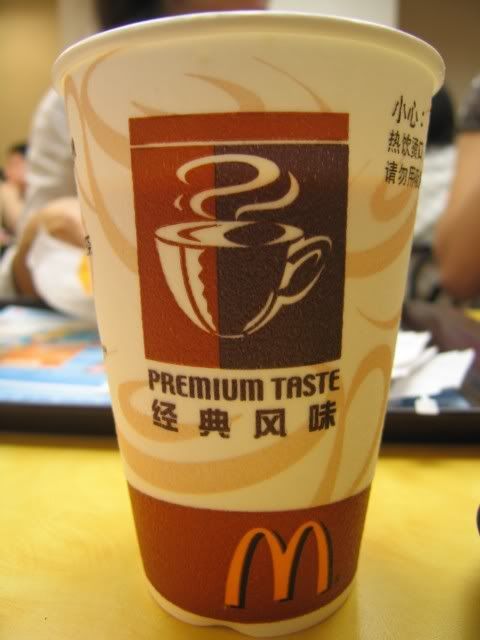Weather was horrible today. Or more specifically, the air was horrible today. I walked outside this morning, and what greeted me was a nasty industrial smell. The air was yellow. It smelled like sulphur or something. Pollution at its worst. My eyes could feel the sting of the bad air. It’s that bad.
So I basically holed myself up at home. I should’ve gone for something safe, something nice, to cheer myself up despite the bad air. Instead, I went for adventure…
Going through the samples again, I found a bag that was given to me many moons ago by YP, a very experienced tea friend from Hong Kong. She gave me a corner of a cake she thought was interesting and worth experimenting with. It was a silver needle cake. I’ve now come to the conclusion that silver needles generally don’t age so well, but maybe YP has a better eye for these things than I do (I’m sure she does, actually). She said she bought it because she didn’t know what to make of it, so it was an experiment. Now it’s at least two years old. Let’s see how it went.

As you can see, it’s a big piece. In case you have any doubt about the fact that this is a silver needle cake

It’s 100% pure. The tea has a reddish tint now. If it’s a little redder, it could pass as a Yunnan Gold pressed into cake.
The first infusion was great. Light, sweet, fragrant, with a slightly odd but somewhat familiar smell/taste. I couldn’t quite pinpoint it. It was interesting. The second infusion was similar, but a little roughness crept in at the end. The third:

Was a little more rough…. a little more bitter. The fourth was worse… I think I can see where this is headed now, and I stopped before the tea turned nasty on me. Four infusions in, and the first was the best.

The wet leaves really make me wonder what I was drinking. Is this puerh? I’m not sure it is. Is this green tea? Maybe… stale green tea? I don’t know. What do you think? I know YP got it at a pretty cheap price. Good thing too. I don’t think it will compare to her Traditional Character Zhongcha in 25 years.
Dissatisfied by the rather lacklustre drinking session, I opted to drink another tea. I picked up the samples from iwii. The last two had some plastic bag smell in them, so I let them air on a dish. I sniffed… seems ok. So I picked up what he labeled as sample A, and which, he told me, is a Wisteria House (of Taipei) Yiwu via M3T in Paris, sent back to me in Beijing….
I forgot to take a picture of the dry leaves, but they are not really remarkable in any way — broken loose pu, a bit black/dark, and not too distinguishable from any other puerh that’s a few years old.
I brewed it up… and realized that even though the smell of the plastic bag was gone from the dry leaves…. the tea is already deeply infused with the plastic bag smell. Uh oh. I am drinking floral tea, except that this is not jasmine.
The tea brews a deep colour

Iwii said it’s 2003. It looks a bit dark for 2003, but it was probably stored in Taiwan.
Unfortunately, because of the plastic bag smell/taste, it made it rather difficult to pass any sort of real judgement on the tea. All I can say is that the tea is a little rough for my taste, after about 3 infusions, it started getting astringent. There’s some qi, and definitely something that resembles huigan (hidden in the sea of plastic). There’s also some throatiness, or is that my throat acting up because of some chemical component doing something to me? I’m probably making it up here, but whatever it is… I don’t know what to say about it. I feel this is sort of an ok tea, but not a great tea, but I really shouldn’t say that because I’m shrouded in a sea of plastic bag smell…. I’m sorry Iwii, I should’ve waited. In fact, I should let the rest of the samples sit around for much longer than just a few weeks before trying them ever again.
I was still dissatisfied, but my body has had enough caffeine. Oh well.
The wet leaves of the sample doesn’t look all that impressive.


Some of the leaves are more yellow-leaf like, or seem a little stiff. I wonder why.
Now I’ll wake up in a few hours to catch an early morning train to Shenyang, in Liaoning province in the northeast in China, for about a week. Among other things, Shenyang was the capital for the Manchus before they conquered China (it was retained as a nominal capital after they moved to Beijing). I wonder if I can find cheap puerh there like Hobbes did recently. Somehow I don’t think that’s likely.






























 RSS - Posts
RSS - Posts
I took you at your suggestion and have been reading some of your old post-Covid posts. I haven’t been to…